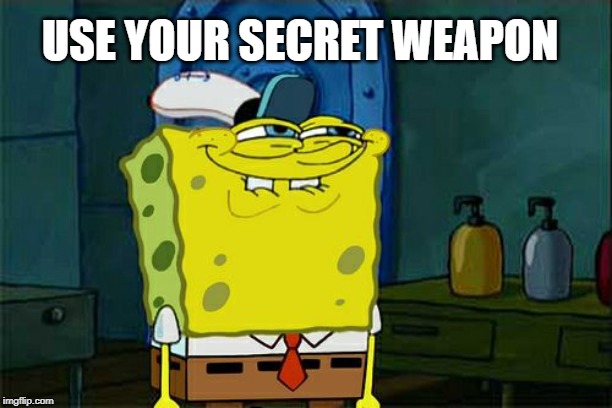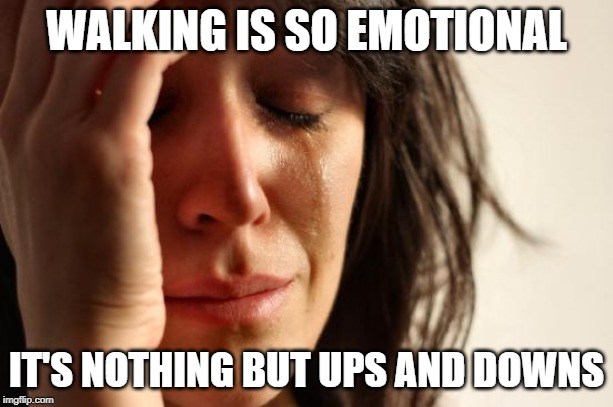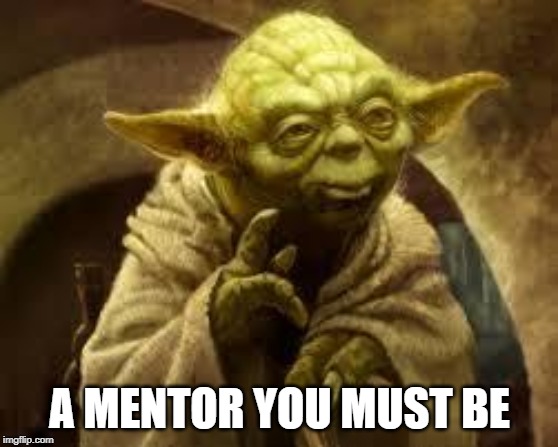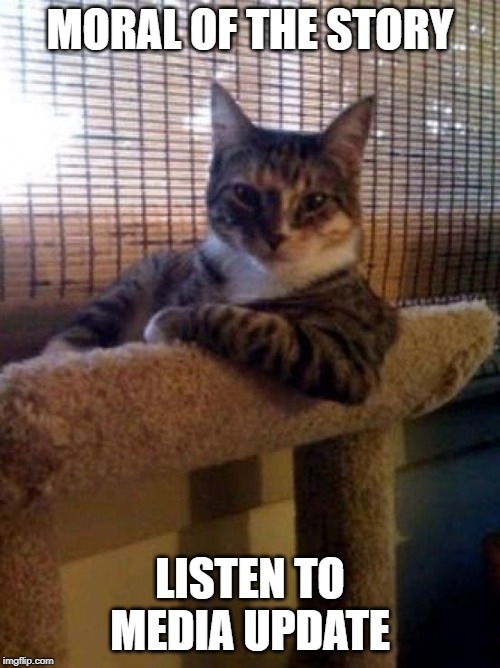The marketing game has changed drastically in the last few years. Telling people why they
need your product or service doesn’t work anymore! Your consumers are smarter and more informed than ever before, so how do you get them to
listen to you? It’s simple — just tell an excellent story.
Here are five steps to telling an excellent marketing story:
1. Start off with a hero
The first question you need to ask yourself is: “Who should be the hero of our brand’s story?” The answer? Your consumer—
always your consumer. Many brands make the mistake of putting the red hero cape around their brand name. Consumers don’t want to hear how your brand will fix them, because no one wants to hear that they are broken.
Therefore, be sure to tell the story in a way that highlights the consumer coming to the rescue (
just like the Power Puff Girls). Tell the consumer how they will rescue the world when they buy your product or use your service.

A great example of a brand that made the consumer the hero is Always. It started a campaign called ‘#LikeAGirl’, where the stereotype that girls can’t be brave or strong is broken. The purpose of the campaign was to make girls feel as if they are the heroes of their own stories.
2. Determine your goals
No writer will ever be able to create great content if they don’t have a goal in mind. Remember, your business is there to solve your customers’ problems. When creating an excellent marketing story, you will need to put yourself in the customer's shoes and try to understand
what challenges they face and how your product will solve these issues for them.
Just like every hero, you need them to have a secret weapon, so ensure that your goal allows the hero of your story to see
your brand as its weapon of choice.

A brand that nailed this part of their storytelling is Kia. The brand’s advert tells the story of Melissa McCarthy wanting to help save the environment. In the ad, Kia talk about how difficult it is to be an eco hero, but with the new Kira Niro, consumers can defy all odds against them with their new car as their secret weapon.
3. Give your hero a challenge
When you tell a story, you need to ensure that there are obstacles and challenges set in place for the hero to overcome — there’s no sense in making your consumers’ journey too easy.
This could leave your hero (the consumer) to think that they don’t actually need your brand in their story. Therefore, you need to make your story interesting and give them something to think about. For example, you should make your customers question the fact that they have not yet achieved certain goals yet.
The best way to ensure that you story will grab your audience’s attention is by talking about the hero’s emotional roadblocks and the limitations they have faced. This will speak to them on a deeper level. Emotions can motivate consumers to take action, and that is exactly what you want your marketing story to do.

An example of a brand that is excellent at telling consumer stories is Dove. This brand always focuses on
real people with
real emotions. Instead of telling their consumers how amazing their product is, they make the consumer the hero in their ads. Take, for example, an advert that was released by the brand for
Dove Men+ Care, where the motto is: “Tough on sweat, not on skin.”
The ad shows a father holding is son close to him. This evokes emotion because it makes the viewer feel that, even though dad takes care of the ‘sweaty and manly side of things’, he still has the soft touch and skin to hold his child.
4. Reveal the mentor
So you have your hero, you have your secret weapon, now it is time to make your brand peek it’s head into the storyline. In all the great movies, the hero always has someone who mentors them and helps them along their way, but never steals the spotlight — this should be your brand!
The brand Heinz created a campaign that showcased how its brand can mentor the consumer (the hero.) The brand created a campaign where Facebook fans can purchase a personalised soup can for their friends that were feeling ill. And with each can of soup sold, they donated £1 to charity.
Heinz mentors its heros by giving back to the people they love, and making them feel good while selling many, many soup cans.
Show your hero how your brand can help shape and form them by making them stronger and better versions of themselves with your product or service. But never make them feel as if they
need you to save them. Remember, they’re meant to be
the heroes, not damsels in distress.
As Sonia Simone, writer for copyblogger, says: “
Your business exists to guide, coach, mentor and help.”
So be sure to stick to those four guidelines to take your brand from being good to being
great:
1.
Guide: Your brand needs to guide your hero to reach new heights in life, just like Dove did when telling men to take care of their skin while being ‘tough’.
2.
Coach: Your brand needs to coach your hero by helping them train to reach their full potential just like Always did when it encouraged girls to keep on playing whatever sport they want to.
3.
Mentor: Your brand should mentor the hero by giving them wisdom and knowledge. Heinz teaches that by showing how the hero could
feel good by
doing good.
4.
Help: It is hard to be a hero in today's day and age. Kia shows how it can help consumers in their journey with its Kia Niro advert, where they make the consumer the hero due to them saving the environment with their new eco-friendly car.

5. Finish off with ‘the moral of the story’
Every good story has a clear lesson that the consumer thinks about long after they have experienced the brand’s message
This is what makes people think back to a story that they have read. Be sure to make the moral of your story very clear. Your consumers are bombarded with countless adverts and stories daily, so you need to make sure that yours stands out among the rest.
Be clear in your story telling and be proud of your brand. Rember, when telling a story to your consumer always remain true to your brand’s values.

King Price Insurance revealed a great lesson in an ad that tells the story of Bouwer Bosch, who had an issue with his bike. The issue? He crashed it and needed it to be fixed.
The ad ends by saying: “... and the moral of the story is, insure your bike for R1 a month …)
Do you enjoy experiencing brand stories? Let us know in the comments section below.
You’ve reached the end of what we could only assume to be an amazing article! Instead of having to search for our stories in the future, why not get them delivered straight to your inbox? Sign up to our newsletter here.
*Image courtesy of Pexels